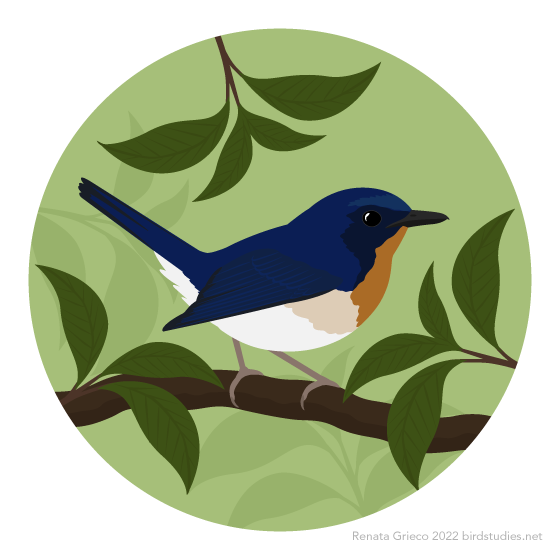#old world flycatcher
 ALT
ALTMay 14, 2022 - Sentinel Rock-Thrush (Monticola explorator)
Found in Eswatini, Lesotho, Mozambique, and South Africa, these Old World flycatchers inhabit grasslands, heathlands, and rocky areas. They eat arthropods, including ants, beetles, and spiders, as well as some fruit and seeds, foraging mostly on the ground. Females build platform nests with cup-shaped cavities in crevices, on ledges, or under rocks or grass tufts, from grass, twigs, and roots. They incubate the eggs alone and do most of the feeding of the chicks. They are classified as Near Threatened by the IUCN, as their population is thought to be declining moderately quickly. Though the current declines have not been explained, they likely face threats from climate change and habitat destruction.
 ALT
ALTMay 23, 2022 - Chinese Blue Flycatcher (Cyornis glaucicomans)
Found in parts of China, Malaysia, Thailand, and Laos, these Old World flycatchers live in forests and gardens. They were previously classified as a subspecies of the Blue-throated Blue Flycatcher. Usually foraging alone or in pairs, low in vegetation and often near streams, they eat small invertebrates, frequently capturing insects in flight.
